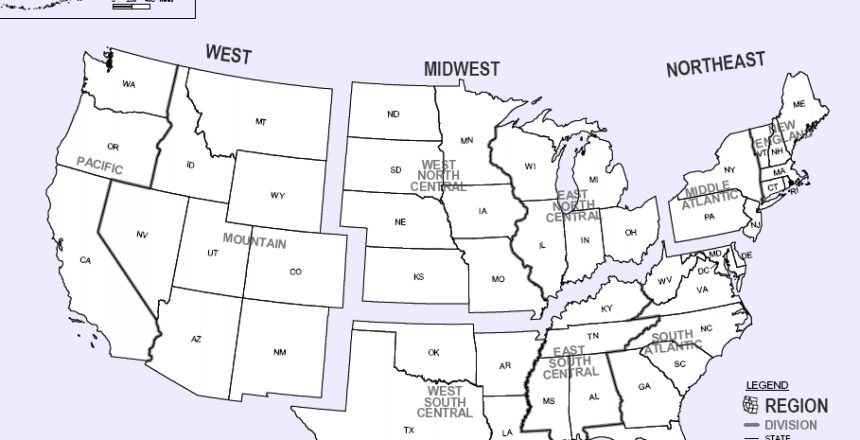How Property Data APIs Can Streamline Opportunity Zone Research
Opportunity zones are front and center in the real estate industry. Propmodo.com recently announced regulatory intelligence – which includes the defining of opportunity zones – as one of the biggest trends impacting the real estate environment in 2019. Opportunity zones across the U.S. offer investors one more factor to consider when assessing the best strategies for generating stable cash flow from tenants and ultimately maximizing return on investment properties. Given the mixture of public and private sourced information on the topic, it is no surprise that opportunity zone information, both how they work and which properties are relevant, is disparate and not formatted in context for those who want to invest and find this information truly valuable.

This provides a great ‘opportunity’ for real estate technology companies to stand out. With a property data API integration that returns useful assessment characteristics like the size and features of a structure or sale and tax history alongside the particular Census Tract used to identify whether it indeed falls within an opportunity zone, investors will have less hurdles to jump through to get the information they need to feel confident and informed when making their next investment decision.
So, where can you get information for identifying and assessing an opportunity zone?
The opportunity zone incentive was created by Congress in the Tax Cuts and Jobs Act of 2017 and is therefore public information. Yet, like the majority of public data provided, the sources can be difficult to navigate and lack context to the actual intent of the researcher. We went through the exercise of piecing this information together ourselves, producing an opportunity zone map with our GIS team. The first hurdle for real estate tech companies to consider is aggregating this information into a usable format that can provide meaningful insights, in context, to those who need it.
Whether it is the median income that makes the difference in a “buy” or “pass”, or some other demographic indicator, the first step is knowing which areas to pull these indicators for. With a robust property data API that returns the U.S. Census Tract number of a particular property, the key identifier for an opportunity zone area, investors will now have this information organized and at their fingertips.


